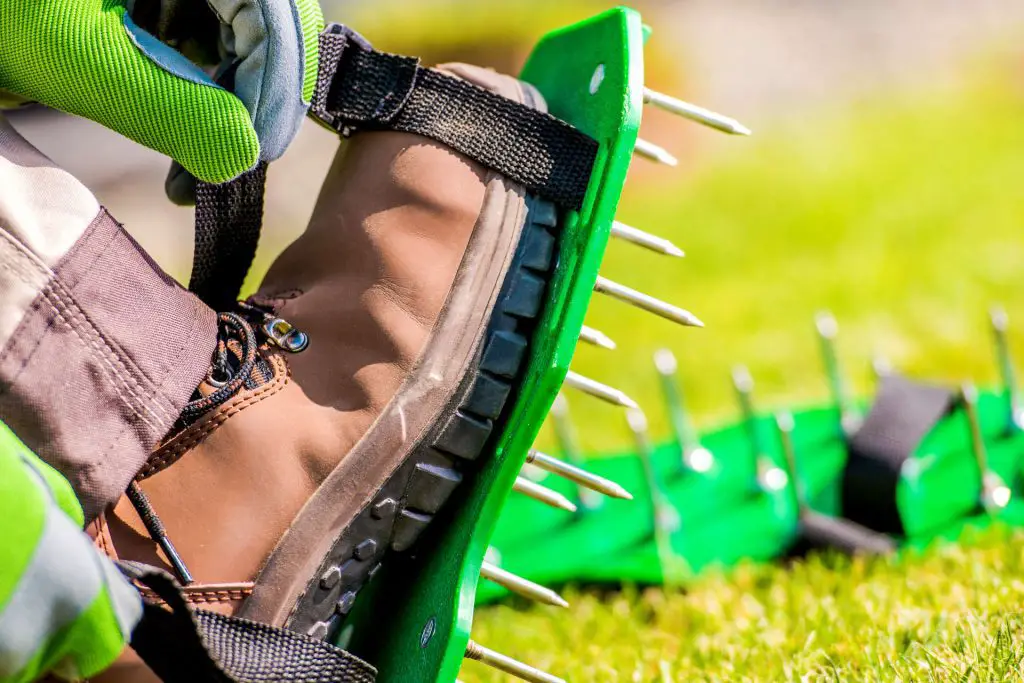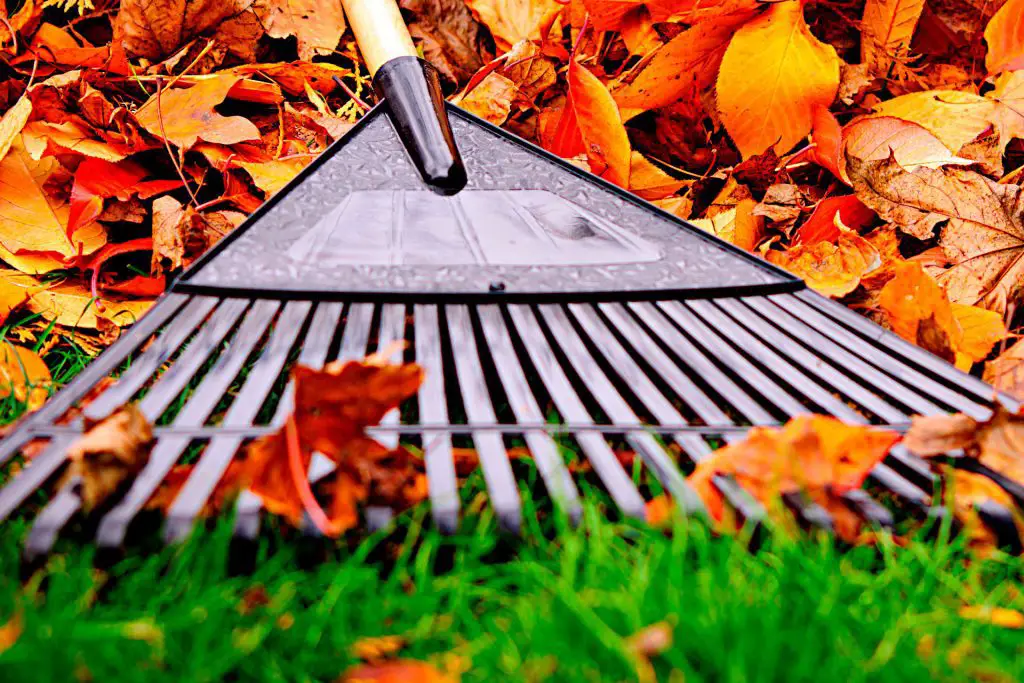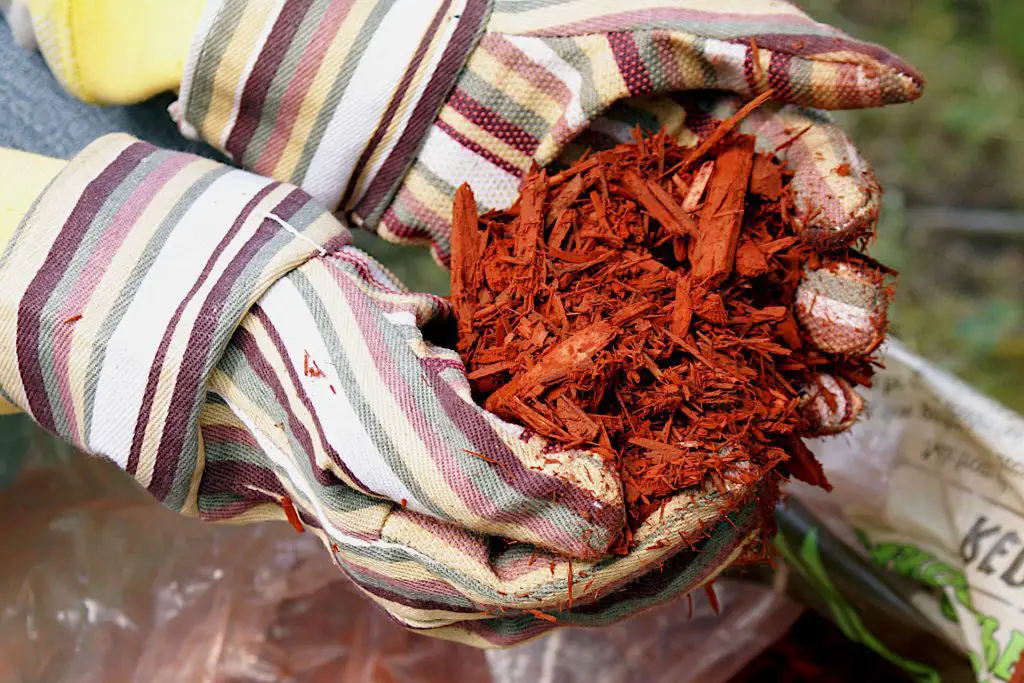How to Prepare Your Lawn During the Fall Season for Winter: Fall Lawn Care
As the weather cools down and winter approaches, it’s important to start thinking about how to prepare your lawn for the colder months. Lawn care is essential for keeping your grass looking its best all year round.
The cold winter months can be hard on your lawn. The cold weather, frosts and lack of sunlight, can damage the grass. Grass thrives on heat, light and moisture and when one or two of these elements diminish beyond a certain point it becomes dormant and can become more vulnerable to damage and disease.
But, there are some things you can do to protect your lawn from the winter weather. In this article we will go through some of the key tasks you can take to help your lawn start spring in the best condition possible .
1. Mowing – Adjusting Your Mowing Height for The Final Cut Before Winter

Grass relies on temperature, sunlight and moisture to maximize growth. So, as the temperature drops, the days gradually become shorter, the growth of the grass begins to slow down, and the frequency of mowing and the height of the cut should change accordingly. Adjusting your mowing height for the final cut before winter when the grass becomes dormant will help to keep your lawn looking its best.
The key to a healthy lawn is to mow at the correct height. The height of your grass should be based on the type of grass you have. For most lawns, the ideal mowing height is between 2.5 and 3.5 inches during the peak growing months.
During the fall, the frequency of mowing can be reduced. As the grass growth slows, you can reduce the frequency to every two weeks or even every three weeks.
It’s also important to adjust the cutting height of your mower for the final cut before winter. For most lawns, the ideal cutting height is between 1.5 and 2.5 inches, so you will need to adjust your lawn mower blades accordingly. This will help to prevent the effects of cold weather and lessen the chance of mold and other fungi’s attacking the lawn. It is important not to cut the lawn too short as this can stress the roots causing damage.
2. Aerate Your Lawn – Early Fall Is One of the Best Times to Do This

Aerating your lawn is a great way to alleviate soil compaction caused by footfall and summer heat. Soil compaction can be a major problem for grasses, and it can negatively affect plant growth, root health, and yield. Aerating your lawn during the early fall can help remedy these problems by breaking up the soil clumps, improving drainage and airflow throughout the turfgrass basin, and allowing essential nutrients and water to reach the plant’s roots.
Aerating is a fairly simple process that can be as easy as spiking your lawn with a garden fork to core aeration, where you remove small plugs of soil across the lawn helping it breathe. This aeration process allows the soil to break down more quickly, which leads to a healthier lawn that’s less prone to disease and pests. It also makes it easier for water and fertilizer to reach the grass roots, improving plant growth overall.
By aerating your lawn in the fall you will improve its health and appearance and get it looking its best for next spring.
3. Remove Thatch and Other Debris from The Grass

Raking and Debris Removal
Removing debris from the grass is an important process. Leaves and twigs that have fallen on the grass can smother the blades and prevent them from getting the sunlight and air they need to stay healthy. It also helps removes any dead grass that has accumulated.
In addition, these organic materials can provide a breeding ground for pests and diseases. By removing them from the lawn, you’ll help to ensure that your grass stays healthy and green come spring.
The best way to remove debris from the lawn is to use a rake or leaf blower. Be sure to rake in the direction of the grass so that you don’t damage the blades. Once you’ve removed all the debris, be sure to bag it up and either keep for composting or dispose in you garden waste bin.
Scarifying Your Lawn
There are several reasons why scarifying your lawn can be beneficial. For one, it can help to improve the lawn’s drainage. If your lawn has a lot of thatch, water can have a hard time getting through to the roots of the grass. This can lead to problems like waterlogging and moss growth.
Scarifying can also help to reduce the frequency with which you need to mow your lawn. That’s because removing thatch from the grass can help to slow down its growth. This means that you won’t have to mow as often – giving you more time to enjoy your lawn!
Finally, scarifying can also help to prepare your lawn for the winter months. During the winter, grass goes into a dormant state. Scarifying can help to remove any dead grass or debris that could prevent new growth in spring.
Scarification can be done manually by using a hoe or spade, or it can be done using an agricultural tractor with an over-under harrow attachment. Once finished it is important to water thoroughly to help flush out any residual dirt/debris.
The benefits of scarification are clear: better soil health leads to improved growth rates and longer turf life; reduced need for maintenance means less time spent on tasks such as seeding and fertilizing; and more efficient use of resources (water, fertilizer).
4. Fertilize Your Lawn – Feeding and Winterizing Your Lawn

Fall is the perfect time to fertilize your lawn to prepare it for winter. The key is to use the right winterizing fertilizer that includes nitrogen, phosphorus, potassium, and sulfur. This combination of nutrients will help your lawn stay healthy and green all winter long.
When it comes to winterizing fertilizer, nitrogen is the most important nutrient. Nitrogen helps your lawn stay green by promoting photosynthesis. Phosphorus and potassium are also important nutrients for winterizing your lawn. Phosphorus helps your lawn roots stay strong, while potassium helps your lawn cope with stress from cold weather.
Sulfur is another important nutrient for winterizing your lawn. Sulfur helps balance the pH level preventing too alkaline soil, which in turn can inhibit the roots from absorbing the main nutrients
The best time to apply winterizing fertilizer is in the fall, before the first frost. This gives the fertilizer time to work its way into the soil and be taken up by the roots of your lawn.
If you’re not sure which winterizing fertilizer to use, ask your local garden center or lawn care professional. They can help you choose the right fertilizer for your lawn and climate.
5. Weed Control – Its Time to Deal with Any Weeds in Your Lawn
The best time to start thinking about weed control is in the fall. That’s because like grass during fall most weeds slow and stop growing. This means that the weeds you kill and remove also less likely to regrow.
Weeds are tough, and they can be difficult to get rid of. But if you’re persistent, you’ll eventually get rid of them. It might take a few tries, but eventually, you should be able to eradicate them.
6. Overseed Your Lawn in Late Fall or Early Winter if You Want a Thicker Layer of Grass in Spring
Getting rid of bald spots (bare areas)
Do you want a thicker layer of grass in the spring? You can overseed your lawn in late fall or early winter to get the desired effect. Overseeding is basically adding extra plants to your lawn, which will help get rid of bald spots (bare areas) and thicken it up and increase its growth rate.
Unless you are dormant seeding, the process should be done in late fall but allowing enough time for the grass to establish itself. This will lessen the chance of new grass seedlings being vulnerable to frost
If you live in an area that experiences cold winters, overseeding may also help reduce the number of grass brownouts that occur during those months. Brownout occurs when soil moisture levels become too low, which stunts turf growth and can lead to patches of bare soil. By overseeding your lawn in these conditions, you should be able not only to prevent brownouts but also achieve a thicker overall layer of grass at the same time!
7. Mulch Your Lawn – This Will Help Keep Moisture in The Soil and Protect It from Frost

Mulching your lawn helps to keep moisture in the soil and guard it from frost. This is because mulch acts as an insulator, keeping the soil temperature more consistent. This can be especially important in areas where the ground freezes in winter.
Mulching also helps to conserve moisture in the soil. This is because it helps to prevent evaporation. This is significant because it can help your lawn to stay green and healthy during the dry autumn and winter months.
There are a few things to keep in mind when mulching your lawn.
First, be sure to use the right type of mulch. There are many different types of mulch available, including bark chips (from trees), straw piles (straw mixed with decomposing organic matter), or shredded paper. Choosing one that is appropriate for your climate and soil conditions is important. Mulches made from materials like tree bark or straw should be applied in late autumn or early winter when ground temperatures reach freezing levels.
Second, be sure to apply the mulch evenly. Too much mulch can actually do more harm than good.
Third, be sure to mulch early in the fall, before the first frost.
Summary: Fall Lawn Care
With the steps outlined above you should be able to keep your lawn in tip-top shape. In truth, fall lawn care is a must if you want your grass to emerge in spring in the healthiest possible condition. From mowing to irrigation, there are plenty of tasks you can perform to ensure your grass stays healthy even as the temperatures dip.
